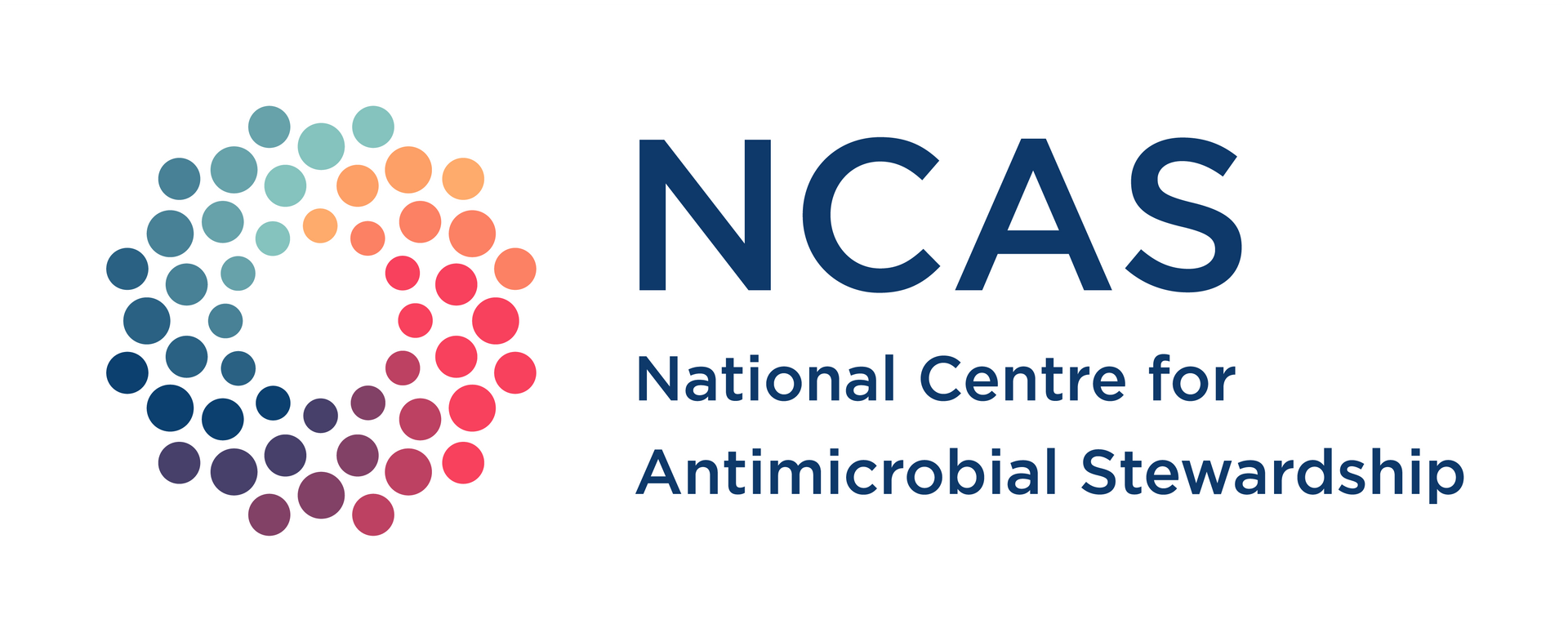Animals, agriculture and antimicrobial stewardship
Arjun Rajkhowa, Kirsten Bailey, Laura Hardefeldt, Helen Billman-Jacobe, James Gilkerson and Glenn Browning
(Published in Medical Journal of Australia-Insight)
The rise of drug-resistant infections presents significant challenges globally. Antimicrobial resistance (AMR) threatens to jeopardise health care delivery through increased mortality and morbidity, length of stay in hospitals, and costs of hospitalisation. Effective treatment for infections fundamentally underpins all of health care. When this is irreparably undermined, health care outcomes will be detrimentally affected.
AMR is one of the definitive One Health problems of our times, spanning both human and animal health. Globally, practices that contribute to AMR, such as the misuse or suboptimal use of antibiotics, undoubtedly occur in both human and animal sectors.
However, agriculture is often portrayed in media reports as the prime culprit and the crux of the crisis.
Several misconceptions about Australian veterinary and agricultural antimicrobial use abound. Perhaps, in our attempts to grapple with the ramifications of the emerging crisis and apportion blame for it, we may occasionally misrepresent antimicrobial use in veterinary medicine in Australia. Outdated practices long since discontinued in Australia and inappropriate antibiotic use practices from overseas are discussed as if they occur here.
Are antimicrobials used for growth promotion in Australia?
An episode of Ask the Doctor on the ABC dealt with the issue of emerging AMR in people, but made some errors while discussing antibiotic use in animals. Most importantly, the presenters and featured (human health) experts suggested that antibiotics are used in every chicken, pig or cow for nearly all their lives.
All antibiotics that are important for human health that had previously been labelled for use for growth promotion have had those label claims removed in recent years in Australia. This means that these antibiotics can no longer be used for this purpose in food-producing animals in Australia.
Moreover, the program also represented the use of the “antibiotic-free” label in food production as a sort of panacea for perceived current problems.
While it is commendable that many farmers and producers have minimised their antibiotic use, it is still important that farm animals with bacterial infections are appropriately treated with antibiotics. Health and welfare outcomes for sick animals will suffer if antibiotics are not appropriately used when they are needed. We need to ensure that sick animals receive the treatment they need, while preserving the efficacy of antibiotics for future use.
Antimicrobials registered for use in agricultural animals in Australia
The threat posed by increasing rates of drug-resistant infections has made it necessary for us to ensure that critically important antimicrobials remain effective for humans into the future. This entails carefully regulating their use in animals.
Antimicrobials approved for use in Australia are different to those overseas. In particular, colistin and fluoroquinolones are not approved for use in food-producing animals, and no fourth-generation cephalosporins have been registered or approved for use in food-producing animals in Australia. Use of third generation cephalosporins is restricted.
Animal husbandry regulations in Australia are relatively quite advanced. Animal product residue monitoring is undertaken across production sectors, and antibiotics constitute one group of monitored drugs, alongside anthelmintics, hormones, corticosteroids, fungicides, herbicides and others. Antibiotic residue testing covers the major antibiotic classes. Withholding periods are intended to ensure that no residues remain in meat products when they are processed for human consumption. The national residue monitoring program reports high levels of compliance with the regulatory regime across sectors. The poultry sector, for example, is generally understood to have responsible use practices, and antibiotics are only sparingly prescribed to treat or prevent infections when other strategies have failed. Withholding periods are observed. No hormones or steroids are used in poultry.
While antibiotic residues are routinely monitored, bacterial contamination or bacterial resistance have only been assessed in small pilot and snapshot studies.
Antimicrobial stewardship
Antimicrobial stewardship (AMS) is a key element of the fight against the rise of “superbugs”. AMS ensures that antibiotic use is appropriate to treat the particular infection in the patient, and that critically important antibiotics are reserved to treat the most serious infections in people.
The National Centre for Antimicrobial Stewardship brings together medical and veterinary infectious disease experts in a One Health research program focused on preserving the effectiveness of antibiotics for the future.
Our research on antimicrobial use in animals in Australia has examined several key aspects of antimicrobial prescribing in veterinary medicine. The centre has undertaken studies to examine and appraise:
- antimicrobial prescribing by companion animal, bovine and equine veterinarians;
- antimicrobial prescribing guidelines for dogs, cats and horses in Australia;
- antimicrobial dosing for common equine drugs;
- antimicrobial susceptibility testing by veterinary diagnostic laboratories;
- antimicrobial drug labelling and its implications for AMS;
- barriers to and enablers of antimicrobial stewardship in veterinary practices; and
- veterinary students’ and trainees’ knowledge and perceptions about AMS and biosecurity.
We are undertaking research on using information technology tools to extract antimicrobial usage data from medical records; using antimicrobial susceptibility information to assess the validity of guideline recommendations; developing infection control and AMS capacity among dairy farmers; and, most importantly, implementing an AMS trial across a nationwide network of clinics, where we provide resources to support different levels of AMS activities in different clinics to determine the acceptability and efficacy of targeted strategies.
We have developed clinical resources for veterinary AMS, including educational posters and antimicrobial prescribing guidelines for companion animal, equine and bovine practices, and these have been disseminated locally and nationally, with the support of Agriculture Victoria (which sponsored the development of these resources). Agriculture Victoria has supported efforts to disseminate these resources widely among veterinarians and farmers in Victoria. We have found engaging with veterinarians and farmers about AMS to be an overwhelmingly positive experience – there is a tremendous desire for more information and great support for the promotion of judicious antimicrobial use.
Our prescribing guidelines have also been assessed in a wide-ranging guideline-appraisal project, and we aim to use this to inform how we refine and use the guidelines.
A One Health approach to the problem
The Australian Government, through its National AMR Strategy (which, encouragingly, will be renewed later this year), has attempted to cohesively bring human and animal health sectors together to work collaboratively on tackling the problem of AMR.
This necessary effort has yielded considerable success, in that we now have a clinical, scientific and policy environment where cross-pollination and collaboration can occur. This can be further consolidated in the future.
However, at the moment, it is clear that we lack effective communication between different sectors, and there is still insufficient understanding, on either side, of the problems and challenges that affect the other. Conversely, we are also less aware about the myriad structural and environmental factors that may be seen as enablers of progress in this area in Australia.
Undoubtedly, the global ramifications of the problem of inappropriate antimicrobial use in agriculture are vastly more complex. As such, direct and unqualified comparisons between different geographical and political contexts may not be tenable.
Nevertheless, we can and must engage in nationally (and, ultimately, globally) coordinated efforts to improve veterinary education and training, and support initiatives focused on improving antimicrobial use in different countries. Our team, alongside others in Australia and New Zealand, has engaged in such work in the Asia–Pacific region. We recognise the importance of facilitating greater knowledge about optimal antimicrobial use in agriculture globally, and acknowledge that significant barriers to stewardship remain in many places.
That said, insofar as veterinary medicine in Australia is concerned, we should attempt to avoid convenient mischaracterisations, encourage timely reporting of actual antimicrobial usage in agricultural industries, and aim to more accurately identify the challenges that continue to act as barriers to AMS here.











